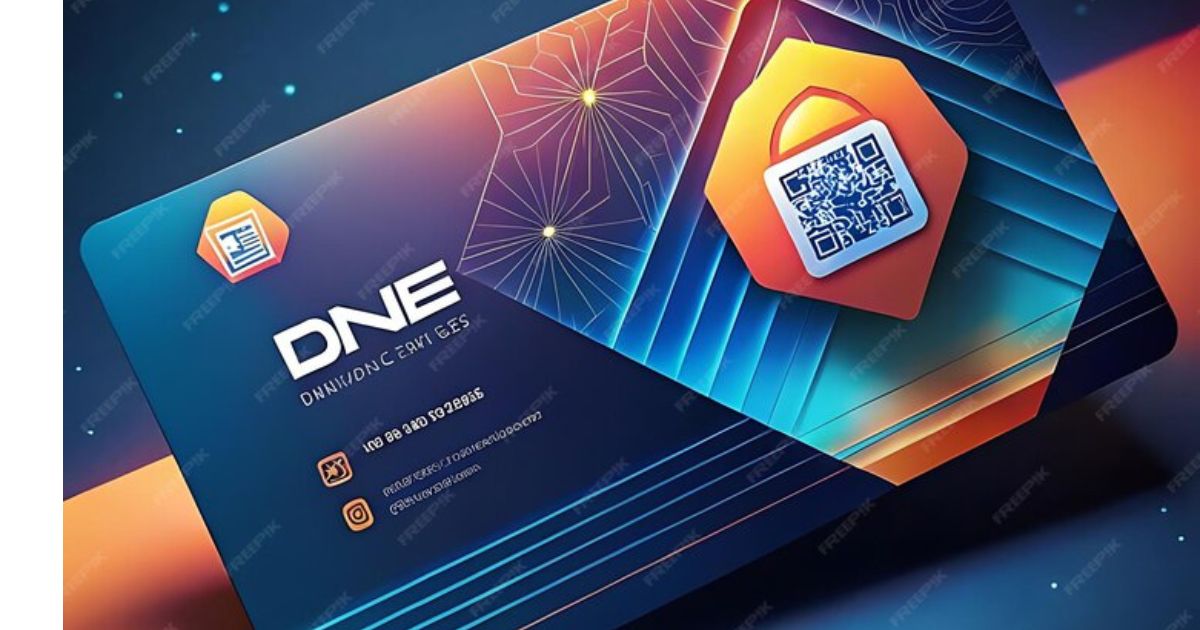In a rapidly evolving digital landscape, motion-activated cards represent a significant leap in facilitating engagement. These innovative tools provide users with a dynamic experience that captures attention and enhances interaction. This article explores the fascinating world of motion-activated cards, their benefits, and how they can transform various sectors.
The Concept of Motion-Activated Technology
The concept of motion-activated technology isn’t entirely new. We see it in various applications, from gaming to marketing. However, the integration of this technology into card-based systems opens new avenues for user engagement. Imagine receiving a greeting card that comes alive when you pick it up. This seamless blend of the physical and digital worlds creates a memorable experience.
Versatile Applications of Motion-Activated Cards
It can be used in various ways, making them highly versatile. They can serve as marketing tools, educational resources, or even personal greetings. Businesses can use them to engage customers in a way traditional cards cannot. When a card responds to touch or movement, it creates a personal connection that digital interactions often lack.
Capturing Attention in a Distracted World
One of the key benefits of it is their ability to capture attention. In today’s world, where distractions abound, getting noticed is crucial. A motion-activated card immediately piques interest, inviting users to explore its features. This immediate engagement increases the chances of retaining attention, making it an effective tool for marketers.
Enhancing User Experience Through Interactivity
Furthermore, these cards enhance user experience through interactivity. Users are more likely to engage with content that requires their involvement. By integrating motion sensors, these cards encourage users to interact physically, making the experience memorable. Whether it’s a video that plays upon opening or lights that flash when touched, the potential for creativity is endless.
Revolutionizing Education with Motion-Activated Cards
In the educational sector, it can revolutionize learning. Imagine a student receiving a card that animates historical events or scientific processes upon interaction. This type of immersive learning engages students in a way that traditional methods often fail to do. It caters to various learning styles, particularly for visual and kinesthetic learners, enhancing their overall educational experience.
Brand Storytelling Through Motion-Activated Cards
Businesses can leverage it for brand storytelling. These cards can tell a brand’s story uniquely and engagingly, showcasing products or services. For instance, a card could reveal a video ad or a customer testimonial when opened, creating an emotional connection with potential clients. This form of storytelling enhances brand recall and fosters a deeper relationship with customers.
Event Promotion and Engagement with Motion-Activated Cards
Moreover, these cards are perfect for events and promotions. Companies can distribute them at trade shows or conferences, providing attendees with an interactive experience. Imagine a potential client picking up a card that plays a personalized message from the CEO. This level of engagement can set a brand apart in a crowded market, leaving a lasting impression.
Data Collection and Analytics with Motion-Activated Cards
Another significant advantage of it is their ability to collect data. These cards can track user interactions, providing valuable insights into customer behavior. Companies can use this data to refine their marketing strategies, making informed decisions based on real-time feedback. This level of analytics is invaluable for businesses aiming to improve their outreach.
Design Considerations for Motion-Activated Cards
As we explore the potential of it, we must consider their design. The aesthetic appeal of these cards plays a vital role in their effectiveness. A well-designed card can enhance the user experience, while a poorly designed one may fall flat. Companies should focus on creating visually appealing designs that complement the motion-activated features.
Sustainability in the Production of Motion-Activated Cards
Sustainability is also a crucial factor in the production of it. As consumers become more environmentally conscious, businesses must consider the materials they use. Opting for eco-friendly materials can enhance a brand’s image, appealing to a broader audience. Companies should also think about the lifecycle of their cards, ensuring they can be recycled or repurposed after use.
Seamless Integration of Technology in Motion-Activated Cards
The integration of technology into motion-activated cards must be seamless. Users should not feel overwhelmed by complex instructions or technicalities. A simple user experience encourages more people to engage with the cards. Clarity in how to activate the features can make all the difference in the success of these innovative tools.
Ensuring Security with Motion-Activated Cards
Security is another vital consideration. As with any technology, users must feel confident that their interactions are secure. Companies should ensure that the data collected from these cards is handled responsibly. Transparency about how user data is used can build trust, fostering a positive relationship with customers.
Expanding Applications in Healthcare
The potential applications of it extend beyond business and education. They can also be used in healthcare, providing patients with information about medications or treatments. A card that explains a drug’s side effects through animation could significantly enhance patient understanding and compliance. This approach creates an engaging way to deliver vital health information.
Enhancing Entertainment with Motion-Activated Cards
In the realm of entertainment, it can be game-changers. They can be used as promotional materials for movies or video games, creating buzz and excitement. Fans could receive cards that play trailers or exclusive behind-the-scenes content, deepening their connection to the franchise. This interactive approach can enhance fan engagement and create a sense of community.
Looking to the Future of Motion-Activated Cards
As we look to the future, the possibilities for it are limitless. The technology is evolving, and new applications are emerging regularly. Companies must stay ahead of trends to leverage these innovations effectively. Understanding user preferences and behaviors will be critical in crafting engaging experiences.
Conclusion
Motion-activated cards are a powerful tool for facilitation across various sectors. They offer a unique way to engage users, foster connections, and enhance learning experiences. As technology continues to evolve, these cards will likely become even more sophisticated, opening new avenues for creativity and interaction. Businesses, educators, and marketers must embrace this innovation to stay relevant and meet the changing needs of their audiences.
FAQs
What are motion-activated cards?
These are interactive cards that respond to movement or touch, providing an engaging user experience.
How can businesses use motion-activated cards?
Businesses can use them for marketing, brand storytelling, and customer engagement at events or promotions.
Can motion-activated cards be used in education?
Yes, they can enhance learning by providing interactive content that caters to various learning styles.
What are the benefits of using?
They capture attention, enhance interactivity, provide data insights, and can create memorable experiences for users.
How important is design in motion-activated cards?
Aesthetically pleasing designs enhance user experience and engagement, making design a crucial element in their effectiveness.





